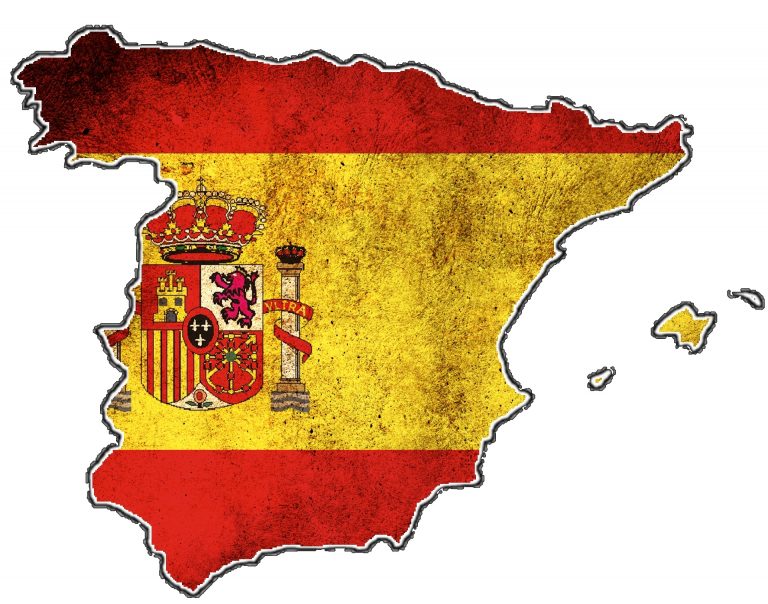Costa Azahar
Valencia
One of the biggest cities in Spain , and among the most liveliest. It is located at the Mediterranean seacoast , and you will find beaches right in the very heart of it.
During the summer-months it is heavily visited by tourists, and if you want to spend holidays at the beach, with fantastic possibilities for any kind of sports (golf, diving, cycling, tennis, etc. are all very popular here) and a boiling nightlife, together with an ample cultural offer, then Valencia is the place for you. Important trade fairs confirm Valencia ‘s position as one of the most dynamic cities in Spain .
After all that probably you will get hungry, and you have the chance to try Spain ‘s most famous food right where it was born: “Paella Valenciana”
Then Valencia is of course the city where El Cid , Spain ‘s national hero, fought against the Moors, and popular festivals in the city and many villages around still remind of this epoch.
Castellon
The capital of Castellón is Castelló de la Plana. Originally founded on high ground, the capital was relocated nearer to the coast in the 13th century. The city centre, the Plaza Mayor, is bordered by the market, the town hall, the cathedral and El Fadri, a 58-meter high octagonal bell tower erected in the 1590’s.
The Museo Provincial de Bellas Artes, in an 18th century house, contains a collection of artefacts dating from the middle Palaeolithic era, paintings from the 15th to the 20th centuries and modern ceramics from the region. Among the artworks is José de Ribera’s Saint Jerome .
The Convento de las Madres Capuchinas has an important collection of paintings which are attributed to Francisco de Zurbarán.
In El Planetario there are demonstrations of the night sky, the solar system and the nearest stars.
Vinaros
Vinaros is a merry and festive town, known for its delicious prawns, this port city welcomes visitors. It is recommended to visit during its carnival, celebrated on the second half of February, and considered to be one of the most important in the province. This town exhibits beautiful architecture attractive Gothic and Baroque buildings line its streets, such as the convents of Sant Agustí and Sant Francesc, and the parish church of Asunción.
Peñíscola
Peñíscola is not only extraordinary because of its situation, perched on the top of a rocky peninsula surrounded by water on all sides except one where it is joined to the mainland but also for its exceptional monuments, for being the scene of historical events and for the beauty of its beaches and its enormous cliffs. The city is one of the biggest tourist attractions and the most visited tourist centre in the whole of the Valencian Community.
The town is one of the most characteristic resorts in Spain, with its old town within the walls of a historic castle .The majestic castle of Peñíscola, a gem of the monumental heritage of the peninsula, hosts numerous cultural activities such as the Spanish comedy film festival, and the Baroque and antique music festival.
Morella
Said to be the most interesting Gothic city in the Autonomous Community of Valencia . It boasts a two and a half long kilometer wall, marked by six gates and speaks of the legendary imperviousness of the town. It houses several specialized museums and a wealth of history. Two attractions that are particularly recommended are the ancient cave paintings at Morella La Vella, and the sanctuary of Virgen de Vallivana.
Oropesa del Mar
It is a historic town with beautiful beaches and a modern tourist infrastructure. Its historic quarter preserves remarkable buildings, several towers and an old castle. However, visitors flock to this resort for the fine sanded beaches of “La Concha” and “Morro de Gos”; the main tourist’s attraction of this town.
Benicàssim – a town of Arabic origin is a spiritual retreat, boasting six kilometers worth of sandy beaches, high mountains and sea views. The end of the 19th century brought with it the development of Benicàssim beach area where colonial-style holiday villas began to emerge. Of these, the oldest that still stands is Villa Pilar, from 1860. The historic quarter hosts a neoclassical parish church and it is the most representative building in the town. It one of the most important summer tourist resorts on the Spanish Mediterranean coast and visiting it is a must.
Segorbe
This medieval towns layout conceals several architectural gems, like The cathedral of Santa María, the vestiges of the ancient wall, the circular tower of Botxí, the prison’s tower and several churches such as the churches of San Pedro, San Martín, San Joaquín and Santa Ana. The remains of the medieval castle, located on the neighbouring hill of La Estrella, recall the regal origins of Segorbe. The local fiestas in Segorbe have been declared to be of Tourist Interest and are held towards the end of August.
